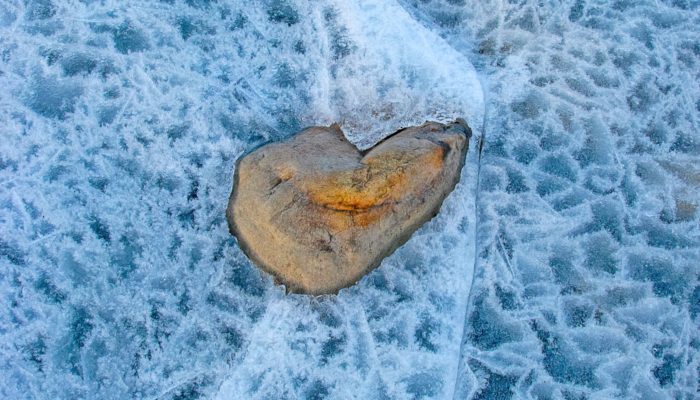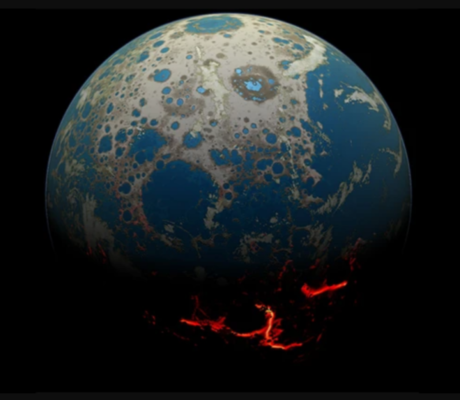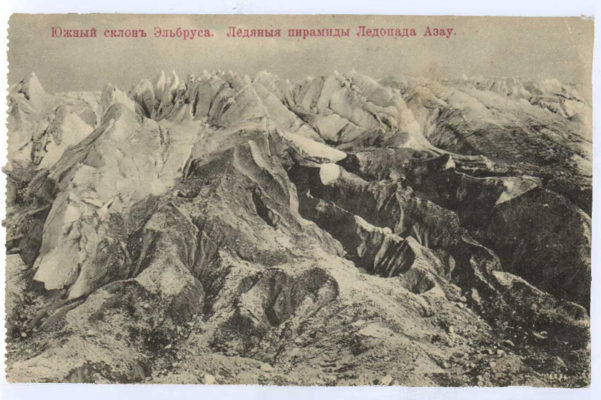In Chile, gender imbalance in science mirrors the international context, even though the Americas have been recognised as a region where women’s representation in science has increased, compared to other countries (UNESCO 2015 statistics and this study). However, Chile still has one of the lowest ratios of women participating in STEM (33.1%), followed by Mexico and Peru, as shown in this study. In ...[Read More]
Highlighted Paper – Meteorites in Antarctica

A Belgian-Dutch team of scientists created the first-ever “treasure map” that shows where in Antarctica meteorites are likely to be found. Meteorites are samples from space that fall as stone-like material on the surface of the Earth. Once recovered, meteorites provide crucial information on the formation and evolution of our Solar System. First meteorite finds in Antarctica December 1969, Yamato ...[Read More]
Icy fieldwork: real or April Fool’s?
Those of us fortunate to participate in cryo-fieldwork are well aware of the unique, hilarious, and sometimes bizarre scenarios that we often find ourselves in. For this year’s April Fool’s Day, the EGU Cryosphere Blog team shares crazy anecdotes, with a catch: one of these stories is fake! Are you able to tell fact from fiction? Fill in the (twitter) poll, and time will tell if you are right…!! W ...[Read More]
The fragile connection of the Ocean and the Cryosphere – a story from the past
Compared to the formation and evolution of the Earth’s surface, the ancient oceans receive little attention in geological history. However, understanding the rise and fall of the oceans of the past—or “ghost oceans”—can reveal crucial information about the evolution of our planet, the cryosphere included. Can oceans play a historical role in climate change? If water bodies had not existed, would w ...[Read More]
Massive melting of Caucasus glaciers
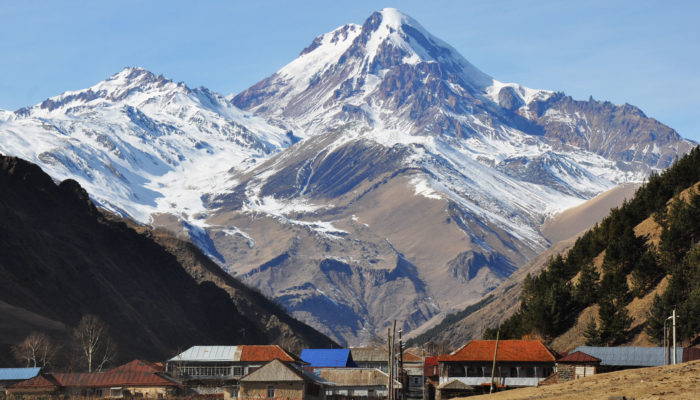
The Caucasus is one of the most studied glacierized regions in the world (see previous Cryoblogs on Caucasus glaciers here and here). In this week’s blog, Levan Tielidze tells us about the health of the Greater Caucasus glaciers. His first study published this year indicates that the rate of decline in glacier extent between 2000 and 2020 in the Greater Caucasus is four times higher than it was be ...[Read More]
Crater Glacier: A story of renewal in the aftermath of destruction
Crater Glacier, located on Mount St. Helens, Washington State, U.S., tells a tale of renewal. The catastrophic and deadly May 18th, 1980 eruption of the volcano created, among other things, a deep horseshoe-shaped, north-facing crater and obliterated most of the glaciers that resided on the volcano’s slopes. By a decade and a half later, it was clear that a glacier had formed in this unlikely loca ...[Read More]
You left us too early: a eulogy to permafrost
Most problems faced in research are complex and require creativity and critical thinking. Thus, we need to be creative in science! Or maybe, science itself is creative and there is no such thing as non-creative science. Anyhow, in today’s world, where TED-talks, science slams and elevator pitches, not to mention tweets, are ubiquitous, it is important that scientific expression takes on a form tha ...[Read More]
Time & space of glaciers
People usually perceive space and time, comparing them to their own life Words such as “forever” and “until the end” appear in fiction But how can we imagine the space and time of the mountain glaciers whose existence goes beyond our usual perception? And why is it so important for us now? With this post, researcher Alexandra Rogozhina shares her thoughts on these suggestive topics. Mostly, ...[Read More]
A place called home?
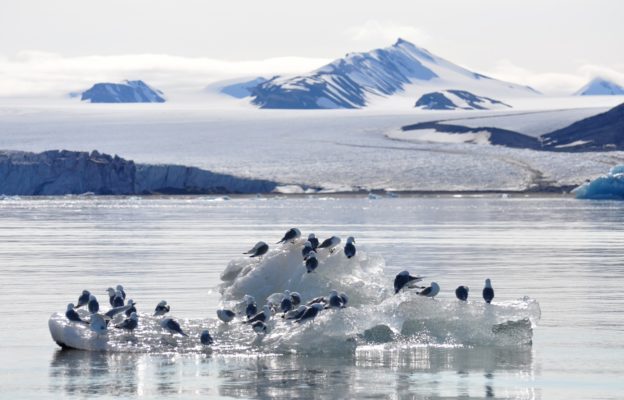
Welcome to Kongsfjorden in Svalbard. The front of the glaciers terminating into the sea is an ecological hotspot, home to many marine animals, like kittiwakes, who love to hunt here. They feed on small fish and shrimp, which at marine-terminating glacier fronts are brought to the surface by upwelling glacial meltwater. Retreating glaciers lose their contact with the ocean As the planet warms these ...[Read More]
Climate change and cryosphere – A wetter future for the Arctic

The latest climate models show that Arctic precipitation is changing more rapidly than previously projected with an earlier transition to a rainfall-dominated precipitation. This rapid change in precipitation will have huge implications for the Arctic ecosystem as well as those who live within the region. Arctic precipitation change, why is it so important? The rapid change in Arctic climate, from ...[Read More]


